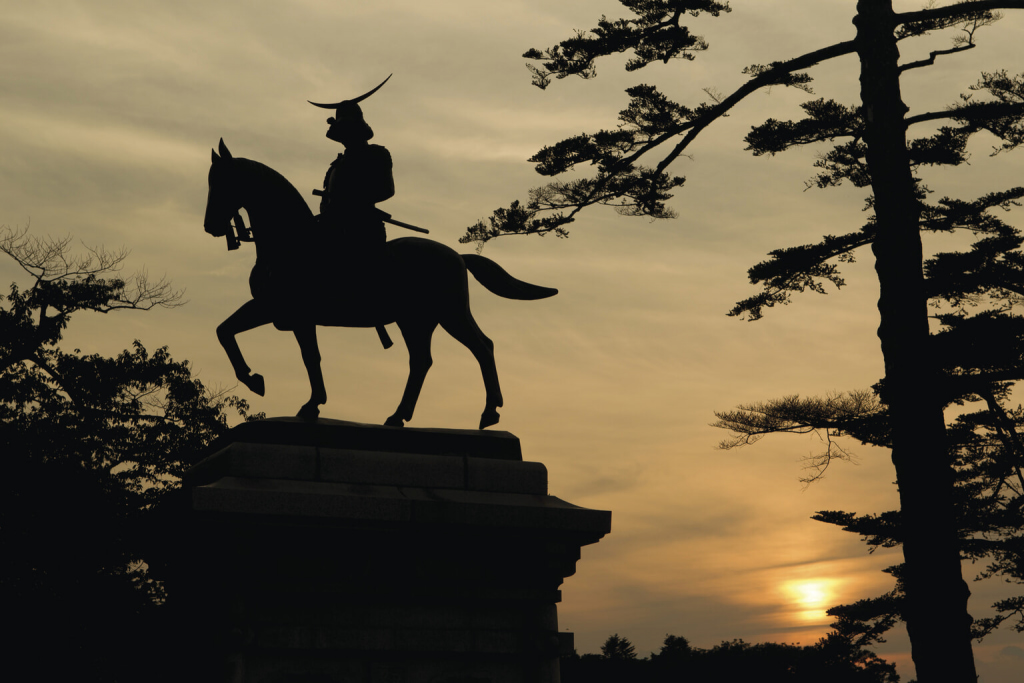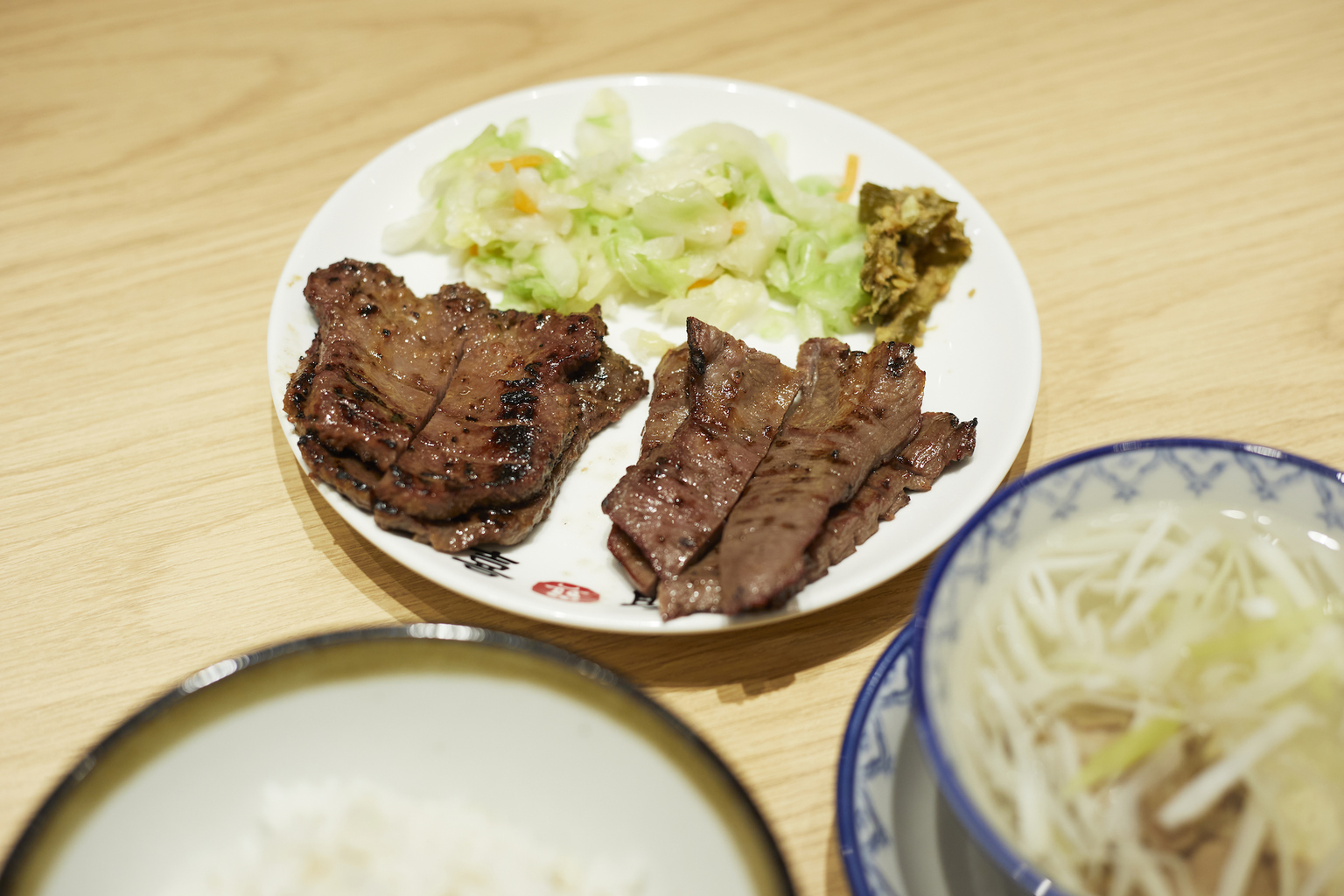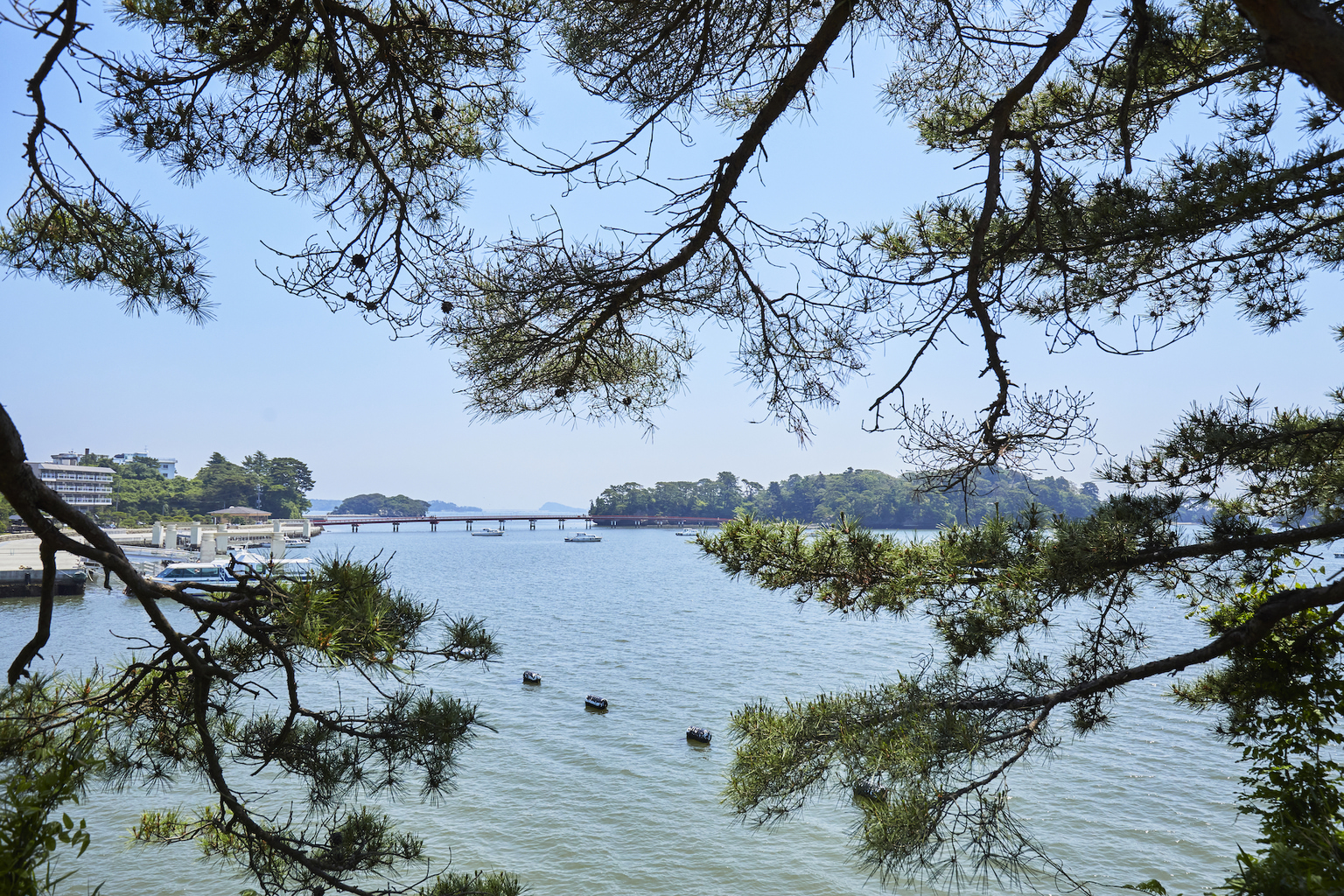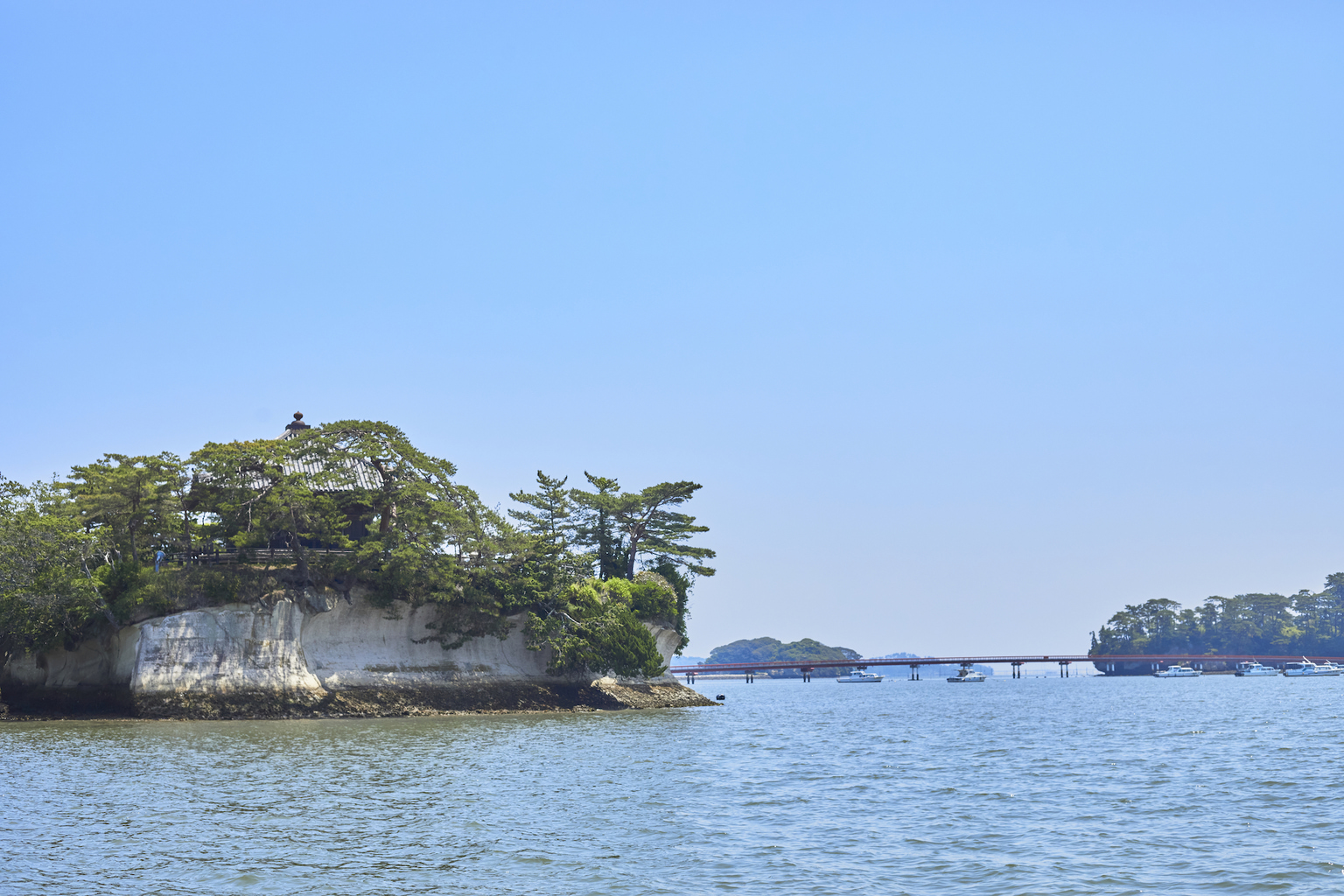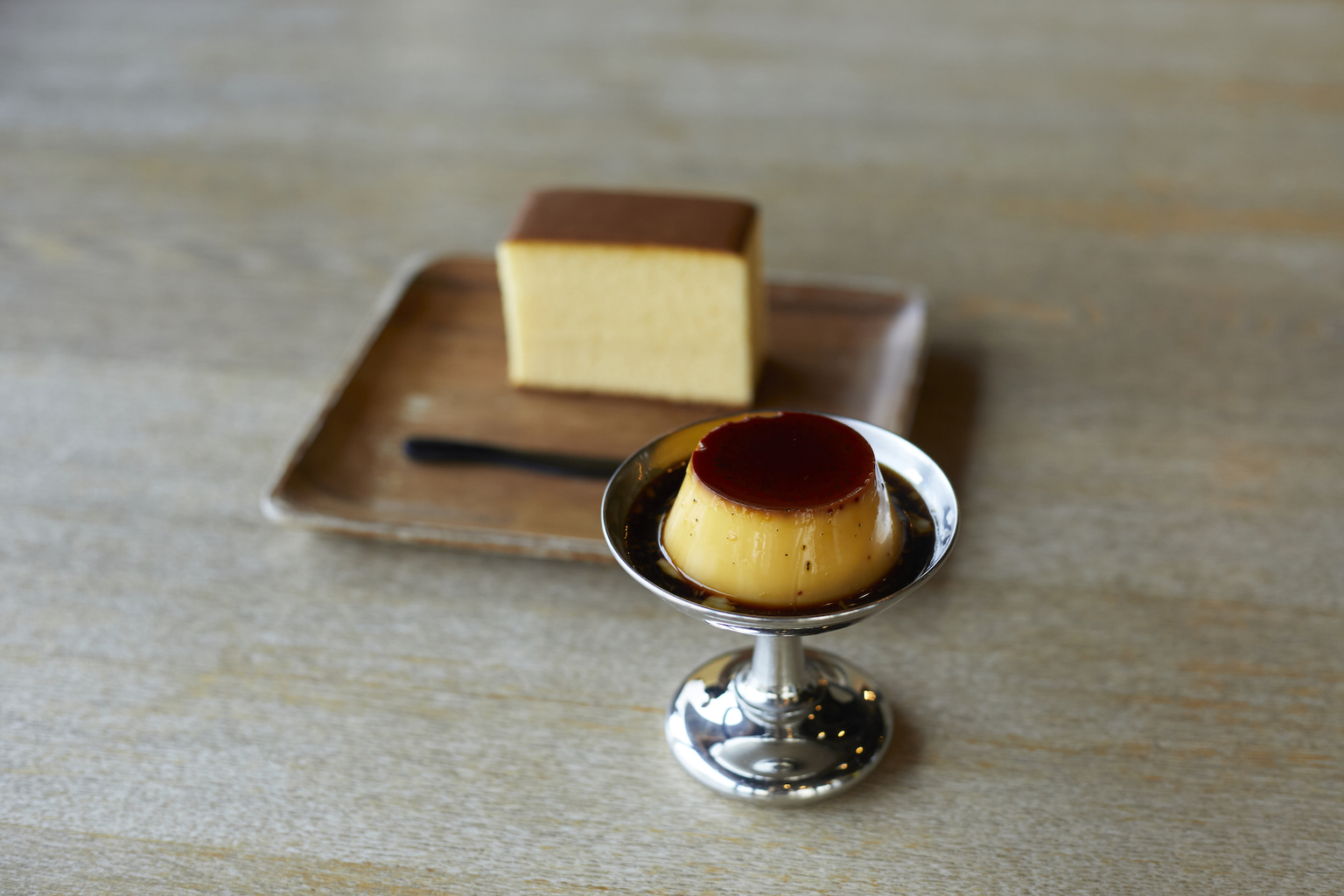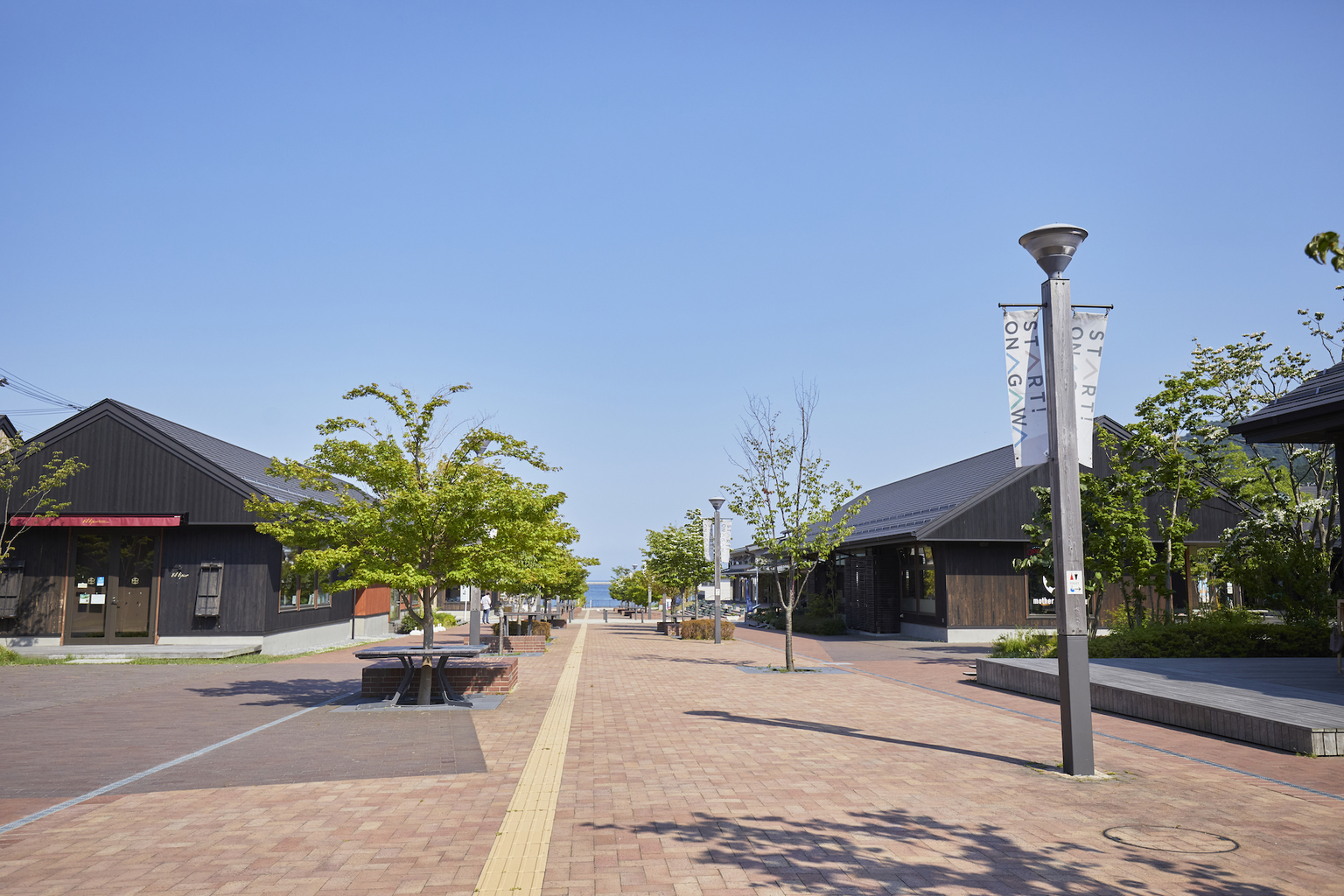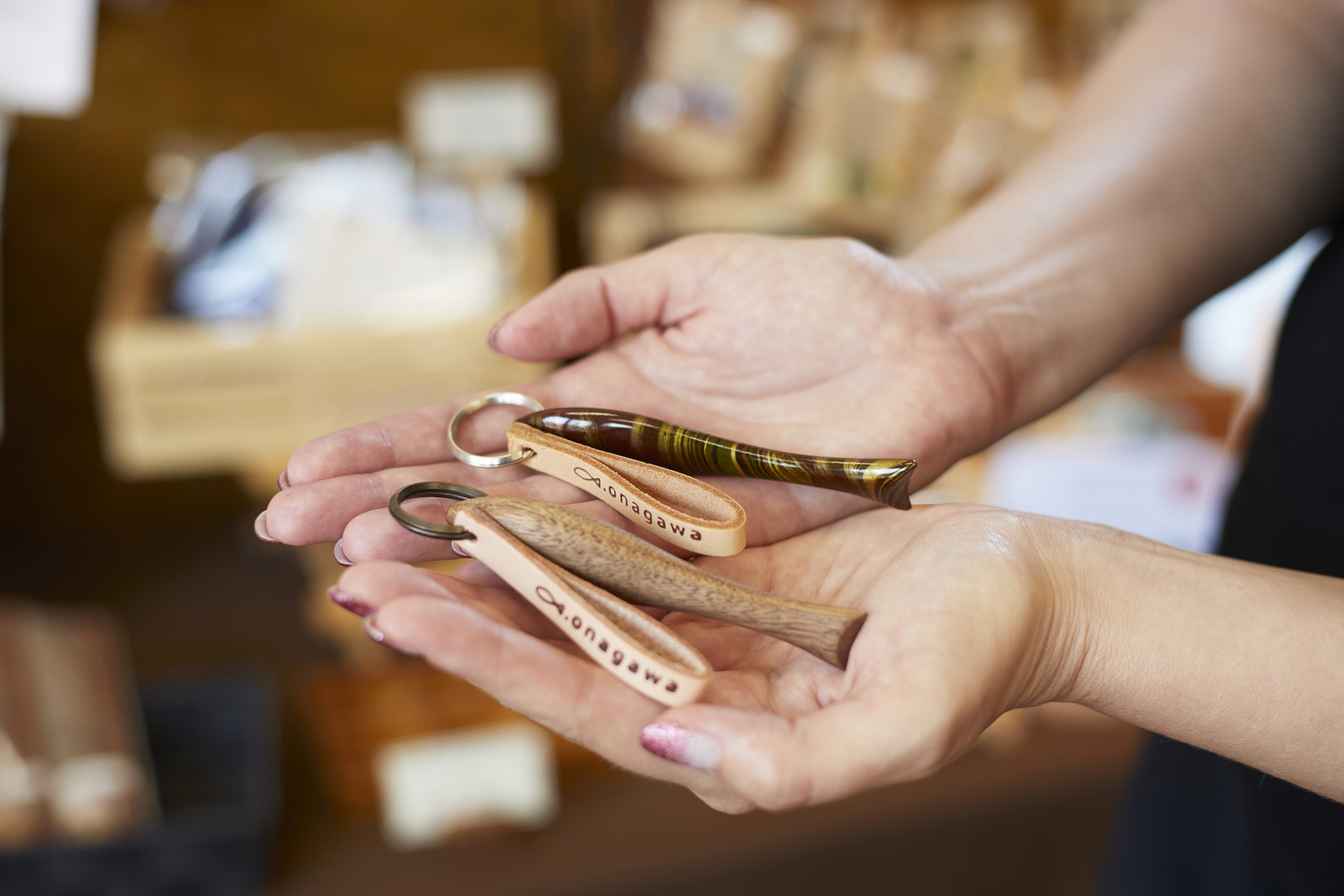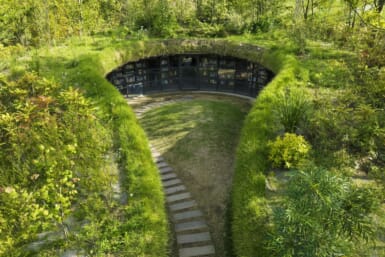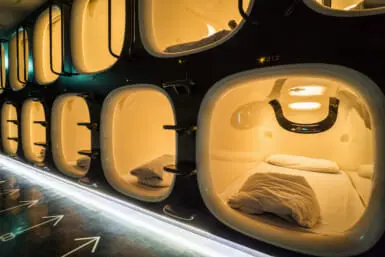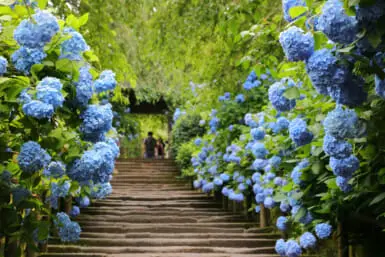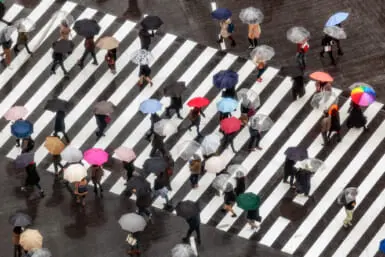For first-time visitors to Tohoku, Miyagi Prefecture is often at the top of the list. It lies within easy reach of Tokyo and is a convenient stepping stone to the rest of the region. With such a rich topography and illustrious history, it may be hard to know where to go first. To help narrow down the options, here are three different sides to Miyagi Prefecture to discover: Sendai, Matsushima and Onagawa.
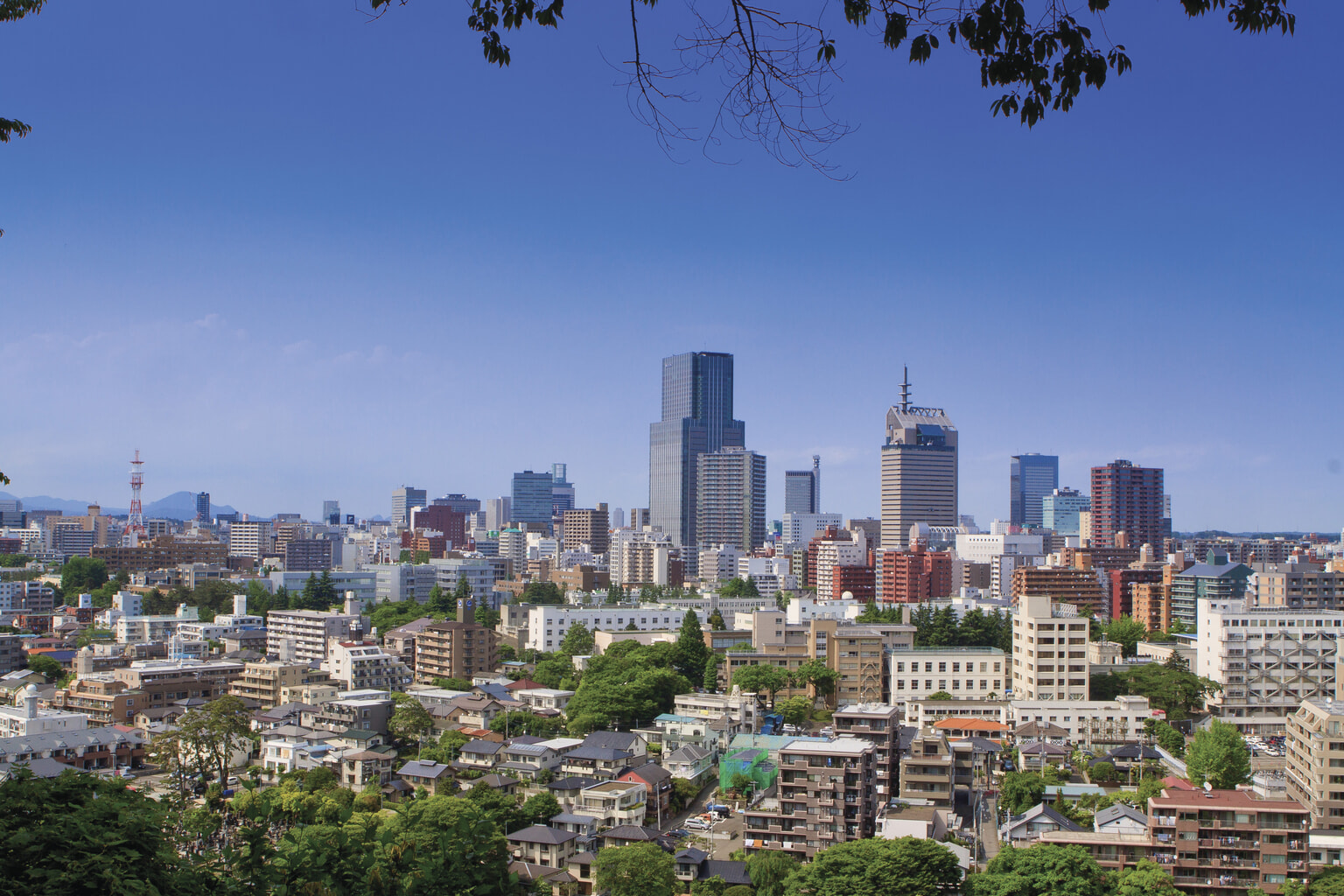
Courtesy of Sendai Tourism, Convention and International Association
Sendai
Sendai is Tohoku’s largest city with a population of over 1 million and serves as a commercial and logistical hub to the region. From Tokyo, it only takes about 2 hours by Shinkansen, making it an easy day trip. But with so many fascinating destinations both in and beyond Miyagi, why settle for anything less than five days — which just happens to be what the JR East Pass (Tohoku area) allows — of exploration?
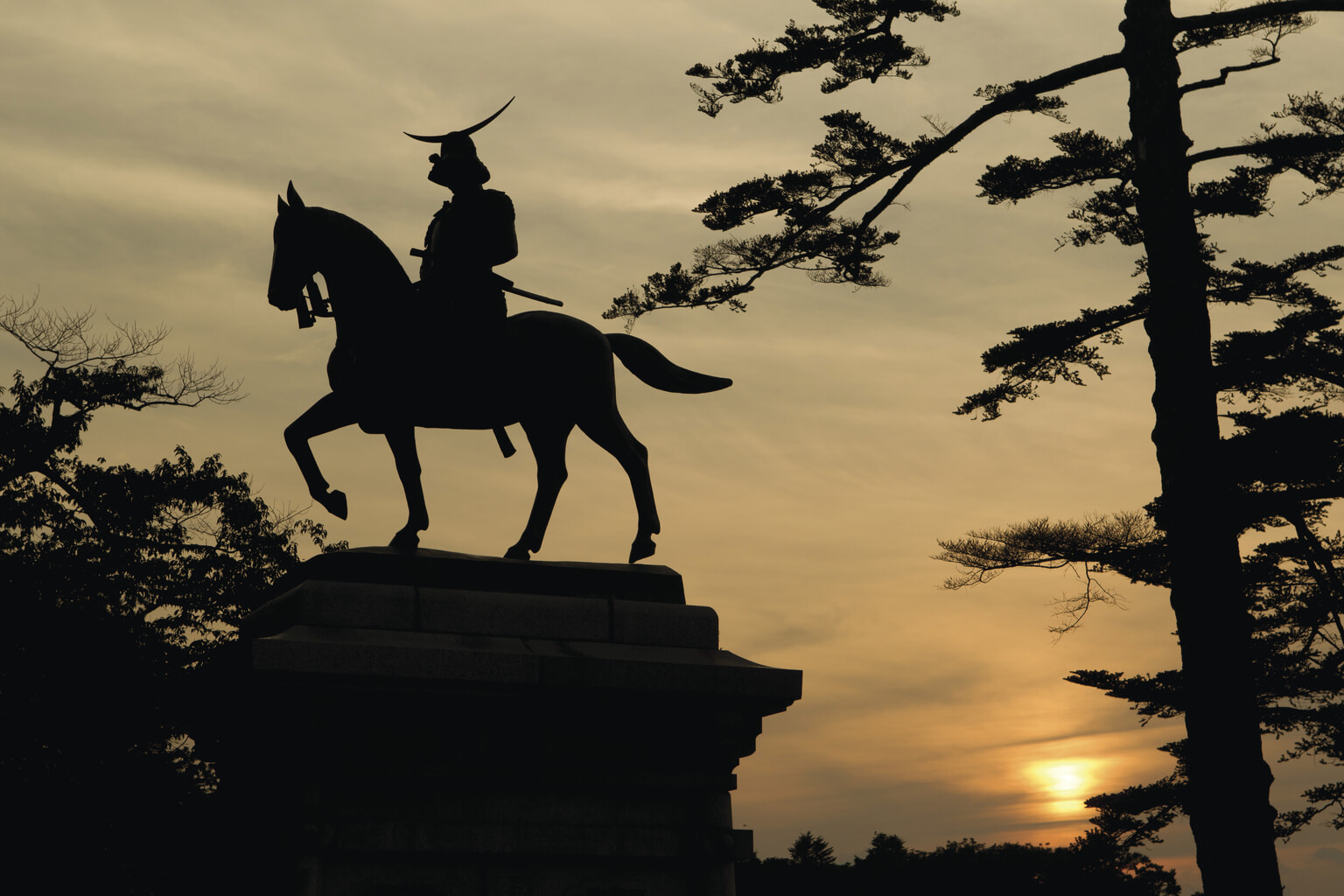
Courtesy of Sendai Tourism, Convention and International Association
Sendai: Samurai Warlord Date Masamune’s Legacy
It’s no exaggeration to say that there would be no Sendai without Date Masamune. One of the last independent feudal lords of the Warring States period (1467-1615), Date Masamune was not just powerful, he was also a patron of the arts and a champion of religious enterprises. He founded Sendai in 1601 and ruled the Sendai domain, which prospered and became the third richest region in the country during the Edo Period (1603-1867). You’ll find Date Masamume-related architecture, facilities and statues not just in Sendai, but across the whole prefecture. Brush up on some basic Date Masamune lore with a visit to Osaki Hachimangu Shrine, one of his crowning architectural achievements.
Osaki Hachimangu Shrine: Date Masamune’s Sacred Space
When Date Masamune founded Sendai, he also had Osaki Hachimangu Shrine constructed to serve as a guardian for the Sendai domain and the Date family. It was completed in 1607 and remains one of the finest representations of Azuchi Momoyama Period (1568-1600) architecture in Japan. It also a good representative of Date Masamune’s ruling aesthetic, which boils down to ‘the more grandiose the better.’ Inspired by sophisticated Kyoto designs, Osaki Hachimangu Shrine is an opulent and lavish structure, with black lacquered wood, detailed carvings in vivid colors and brilliant metal fittings. You could spend hours examining the intricate details on the exterior, but for an exclusive look at the interior, you’ll have to check out the 360-degree VR experience online. Café Kura on the grounds is a great place to stop for a break. Pair your dango with some matcha and sit outside to soak up the atmosphere. Once you’re ready to move on, consider heading to Zuihoden, Date Masamune’s final resting place, which is only a 15-minute drive from there.
Sendai Foodie Highlights: Gyutan and Zunda
One of Sendai’s biggest claims to fame — at least since 1948 — is gyutan, or beef tongue. Often served with oxtail soup, barley rice and a selection of pickled vegetables, it’s a healthy yet hearty meal that will fill you up in a flash. The best part? You don’t even have to leave Sendai Station to find a selection of the city’s best restaurant. Gyutan Dori (Beef Tongue Street) on the station’s third floor has an area devoted to the dish, with six representative restaurants serving it here.
Zunda is another local specialty, made from mashed and boiled edamame beans and sprinkled with a dash of sugar and salt. Originally zunda was used as a topping for mochi, but these days it comes in many forms: zunda shakes, zunda roll cake, zunda manju, cheesecake and more. Try it at Zunda Saryo, also on Sendai Station’s third floor.
Matsushima
Northeast of Sendai lies Matsushima city, where the roughly 260-strong pine-covered islets scattered across Matsushima Bay’s azure waters has captured the hearts of poets for centuries — and almost made Matsuo Basho himself speechless. A popular tourist destination, the city is dotted with cafes, restaurants and hotels, allowing easy access to its sights.
Matsushima: Poetic Natural Scenery
Most people will know Matsushima Bay as one of Japan’s three most scenic views, together with Itsukushima Shrine’s semi-submerged torii gate and Amanohashidate’s pine-clad sandbar. Since then, it has also gained entry into the France-based “World’s Most Beautiful Bays” club. The islands of Matsushima are best seen from either a pleasure boat crossing through the bay, or from one of the four panoramic viewpoints Otakamori, Tomiyama, Tamonzan and Ogitani.
And of course, Date Masamune left his mark here as well. You can learn more about him at the Date Masamune Historical Museum, as well as Zuiganji and Godaido.
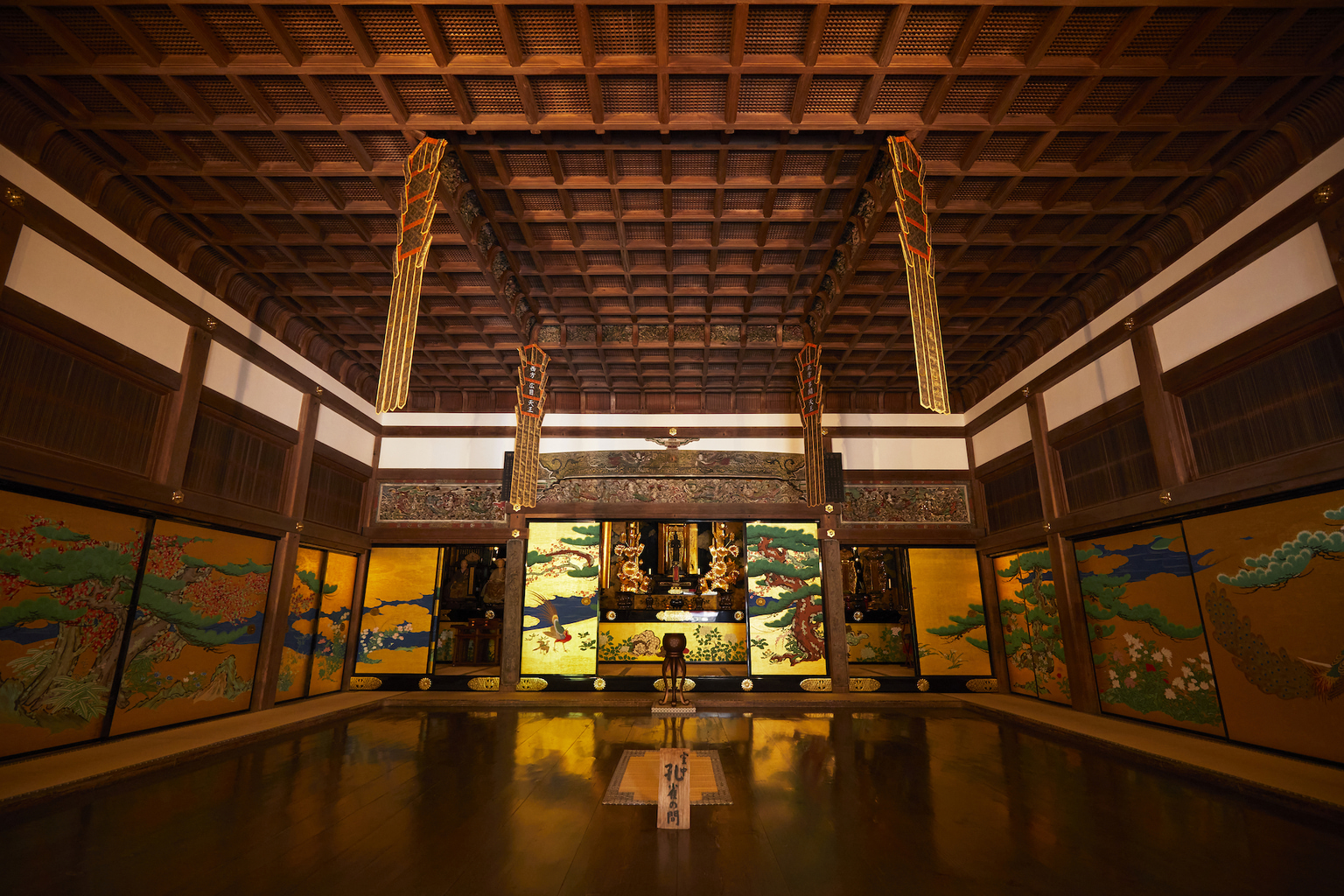
Zuiganji and Godaido
Officially named Shoto Seiryuzan Zuiganji, this Rinzai Zen Buddhist temple was first founded in the early 9th century. By the time Date Masamune came along it was in poor shape, so he had it reconstructed in 1609. Though the exterior is more austere (comparing with Osaki Hachimangu Shrine at least), the interior reflects Date Masamune’s penchant for grandeur and decadence. Each of the ten rooms of the main temple building has a different themed design and lavish decorations — even on the ceiling — to match. The shallow caves found both on the temple grounds and dotted around Matsushima city were used as places to leave offerings and later as meditation locales for pilgrims visiting this sacred site.
Godaido Hall belongs to Zuiganji, though it sits on an islet near the main pier by the water. Look closely at the decorations to find all twelve of the animals from the lunar zodiac, three of them on each side of the building. The islet offers a lovely view of the bay, and requires visitors to cross two red-lacquered bridges to reach it. Legend states that if you trip on one of the boards off the bridges, then you’re not spiritually ready to visit Godaido.
Matsushima Foodie Highlights: Oysters and Baked Goods
Perfect for people-watching, Shokado Matsushima has a fantastic view of Matsushima Harbor and Godaido from its second-floor location. The menu is simple — castella cake, softserve ice cream and drinks — making it a great place to take a break between sights. For a full meal and a panoramic view of the bay, head to its sister shop Café Le Roman. If you prefer to eat on the go, or on one of the benches by the harbor, stock up at Panya Aizawa. It’s best to go early as they often sell out by midday. To enjoy one of Matushima’s best specialties, head to Matsushima Italian Toto, which offers generous portions of local seafood with an Italian twist. For a more casual meal, head to Genzou Kaki (right next to the entrance to Godaido) for simple grilled oysters and scallops.
Onagawa
Miyagi Prefecture’s diverse coastlines of craggy rocks and flat, sandy shores and many rivers, combined with the Kinkasan-Sanriku fishing grounds — one of the three largest in the world — means it is one of the best places to pick up some seafood. From laver, oyster, seaweed and coho salmon cultivation to flounder and cod trawling, the variety of options seems endless. One of the best places to grab some freshly caught fish is Onagawa, one of the prefecture’s five main fishing ports.
Onagawa: A Town Reborn
Located on picturesque Onagawa Bay, most of Onagawa town is part of Sanriku Fukkō National Park, which extends down Japan’s Sanriku Coast. The town devastated by the 2011 Tohoku earthquake and tsunami, with 70% of its buildings decimated and claiming the lives of hundreds of people. Now, ten years later, it has completely transformed. Reconstruction has not only been quicker here than many other places, but the town has been a leading example in modern urban planning through participatory governance. One of the town’s new landmarks is Ongawa Station, designed by Shigeru Ban, who was also the brain behind Shonai Hotel Suiden Terrasse in Yamagata Prefecture. It features the hot spring facility Onagawa Yupoppo, which also offers massage treatments. (Onagawa Yupoppo is temporarily closed for reparations at the time of writing.) One of the few indicators of the tsunami’s damage is the town’s police station, which toppled over after it was torn from its foundations. The town has preserved the site as a testament to the power of the sea and a reminder to future generations.
Seapal Pier Onagawa: Shops for Good
Seapal Pier Onagawa is a pedestrian-friendly shopping complex with a beautiful brick promenade on a raised slope that leads from the waterfront to Onagawa Station. Here you’ll find a selection of freshly caught seafood, locally made handicrafts and more.
Note: Most shops (except for restaurants and bars) at Seapal Pier Onagawa and Hama Terrace close early, around 5pm. Some close even earlier.
Kizuna Friends houses both a shop space and an English language learning corner. The shop supports local artisans and encourages community development through its Megumi Project, which upcycles old kimono into shawls, scarves, bags and journals. All artisans were directly impacted by the 2011 Tohoku earthquake and tsunami. You can also support them — and their sister project the Nozomi Project, where people make jewelry from broken pieces of pottery — online.
Onagawa Factoryis another organization borne of the desire to help the town’s residents get back on their feet. The shop mostly sells wooden key chains in the shape of fish, which represent the wish that Onagawa could be caught in abundance again. For some time after the initial disaster, fish couldn’t be harvested and people — mostly women who worked at fish processing plants — were taught by furniture makers how to produce simple but beautiful pieces to sell in store.
Onagawa Foodie Highlights: Fresh Seafood and Coffee
For sophisticated dining with generous servings, head to Onagawa Umi no Zen New Conori<. You can also buy directly from the seafood market, at Osakana Ichiba Okasei in the Hama Terrace building. They sell bento and also serve set meals until 3pm daily. For just a light snack, head to Mother Port Coffee, a local prefectural chain from Kesenuma city.
Miyagi: How to Get Here
The JR East Pass (Tohoku area) will get you to and around Miyagi Prefecture with ease. Seat reservations are generally not necessary. However, you can reserve a seat on Shinkansen and limited express trains at no additional fee — with the exception of Green Cars and GranClass trains, both of which require an extra fee.
Note: The tourist facilities, restaurants, etc. mentioned may be subject to sudden closures or changes in business hours. Please check the relevant websites for updates before your departure.
Where would you like to go first? Not sure how to plan your trip yet? Check out JAPAN RAIL CAFE TOKYO for great advice and more information.
Sponsored Post

